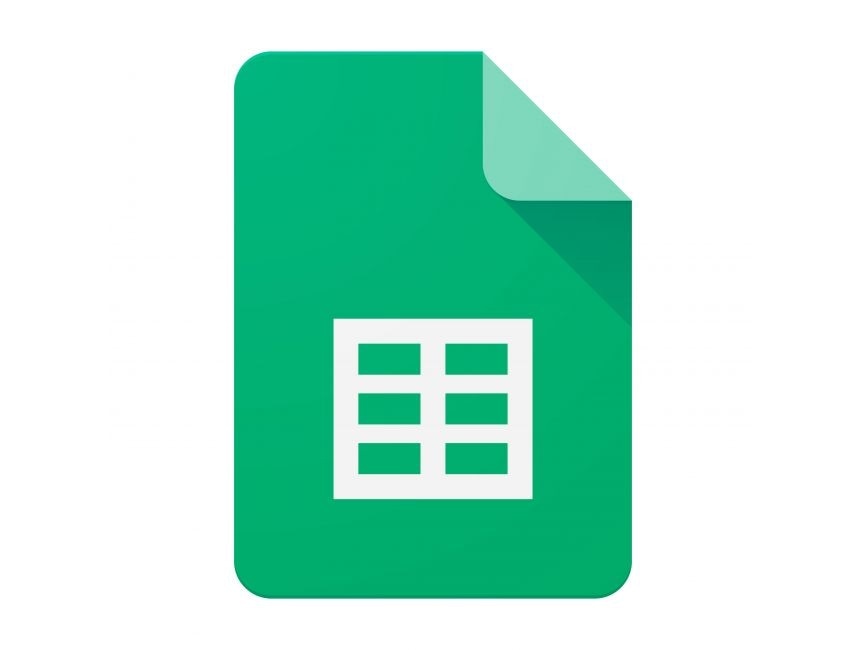


















Lazy AI templates can enhance Gmail by automating routine tasks, personalizing email communication, and streamlining workflows for individuals and businesses. Here’s how Lazy AI templates can make Gmail more efficient and productive:
Lazy AI templates can be used to automatically generate responses to common inquiries, saving time when handling repetitive email tasks. With AI-based email templates, responses can be tailored based on the context of the email received, ensuring a personalized yet automated reply.
Example:
- If a user sends an email about service hours, an AI template could automatically respond: "Thank you for your message. Our service hours are Monday to Friday, 9 AM to 5 PM."
AI templates can enhance Gmail's existing filters by intelligently categorizing emails based on their content. This helps users prioritize important emails, such as sorting work-related messages from personal emails or detecting urgent requests.
Example:
- AI templates could identify and label emails like "Urgent", "Follow-up required", or "Meeting request" based on content analysis.
For businesses that send out bulk emails, Lazy AI templates can automate the process of customizing each email for the recipient. The AI can fill in personalized details such as the recipient's name, company, or specific queries, making mass communication more engaging and less generic.
Example:
- "Hi [Recipient Name], we noticed you're interested in [Product Name]. Here’s a special offer just for you!"
Lazy AI can suggest entire drafts of responses based on the content of an email. This could be helpful in a business setting where responses to certain inquiries are similar but require slight adjustments based on context.
Example:
- When replying to a meeting request, the AI could draft a response like: "Thank you for the meeting invite. I’m available on [date and time]. Please confirm if this works for you."
Lazy AI templates can integrate with Gmail’s calendar to automate scheduling and follow-up reminders. If a user needs to schedule a meeting or send a follow-up email after a certain period, the AI can automate these tasks.
Example:
- Automatically generating a follow-up email if no response has been received within a set timeframe: "Hi [Name], just checking in on my previous email regarding [Subject]. Looking forward to your response."
Lazy AI templates can enable automated workflows triggered by specific emails. For instance, when a user receives an email about a project update, the template can automatically organize the task in a project management tool, such as Asana or Trello, or trigger a predefined response.
Example:
- "Thank you for submitting your project report. The team will review it and get back to you within 3 business days."
Lazy AI templates can help users write more effective emails by suggesting improvements in tone, structure, and content. This is particularly useful for formal communication or when crafting important emails such as customer outreach or business proposals.
Example:
- The AI could suggest: "Try rephrasing this sentence for a more formal tone," or "Would you like to include an attachment to this email?"
If emails require follow-up actions, Lazy AI templates can automatically send reminders or follow-up emails without manual input. This helps users stay on top of their communications without missing important messages.
Example:
- If no response is received within a week: "Just a gentle reminder about the previous email. Looking forward to hearing from you."
AI templates can be used to automatically translate emails into different languages, allowing users to communicate with a global audience seamlessly. The AI can also adapt the message tone and structure according to cultural and regional preferences.
Example:
- Automatically translating a response to an inquiry sent in Spanish: "Hola, gracias por tu mensaje. Nuestro equipo se pondrá en contacto contigo pronto."
For tasks that are frequently repeated (e.g., onboarding new employees, customer service inquiries, or sending invoices), Lazy AI templates can pre-fill these emails and automate the process, reducing the time spent on manual email composition.
Managing a busy Gmail inbox can be overwhelming, with tasks like follow-ups, meeting scheduling, and bulk email campaigns requiring significant time and effort. Lazy AI addresses these challenges by automating routine tasks, enabling intelligent email sorting, and providing templates for common email scenarios. This reduces workload and ensures timely, efficient communication.
Integrating Lazy AI with Gmail is a seamless process. Once connected, users gain access to a library of templates and tools to automate key tasks like follow-ups, reminders, and scheduling. Whether you’re a small business or part of a large organization, Lazy AI helps streamline Gmail workflows, improving productivity and communication efficiency.
Gmail is often central to team communication, and Lazy AI enhances this by automating collaborative workflows. Teams can share templates for recurring emails, synchronize project updates, and automate task assignments, ensuring everyone stays aligned and reducing manual coordination.
Lazy AI optimizes Gmail workflows by automating repetitive tasks, suggesting the best times to send emails, and providing insights into email performance. These optimizations help users focus on high-priority tasks and improve overall communication effectiveness.
As communication needs grow, Lazy AI ensures that Gmail workflows remain efficient and scalable. Whether handling a high volume of customer inquiries, running large email campaigns, or coordinating complex projects, Lazy AI provides the tools to manage communication at scale without compromising quality or speed.
By integrating Lazy AI templates, Gmail users can automate many aspects of email management, from personalized replies and smart filtering to efficient follow-ups and scheduling. These templates help increase productivity, enhance communication quality, and create more personalized interactions for both individual users and businesses.